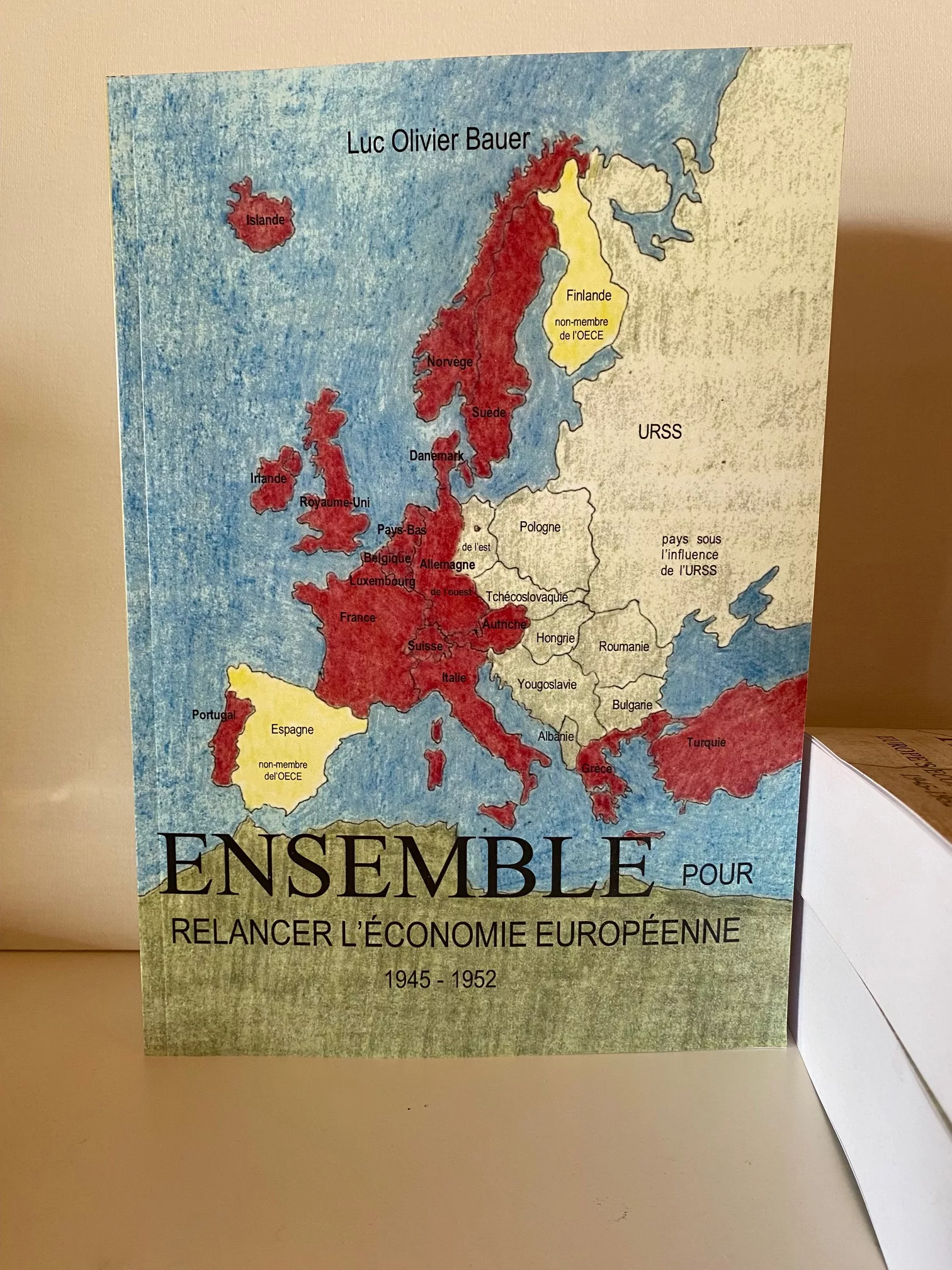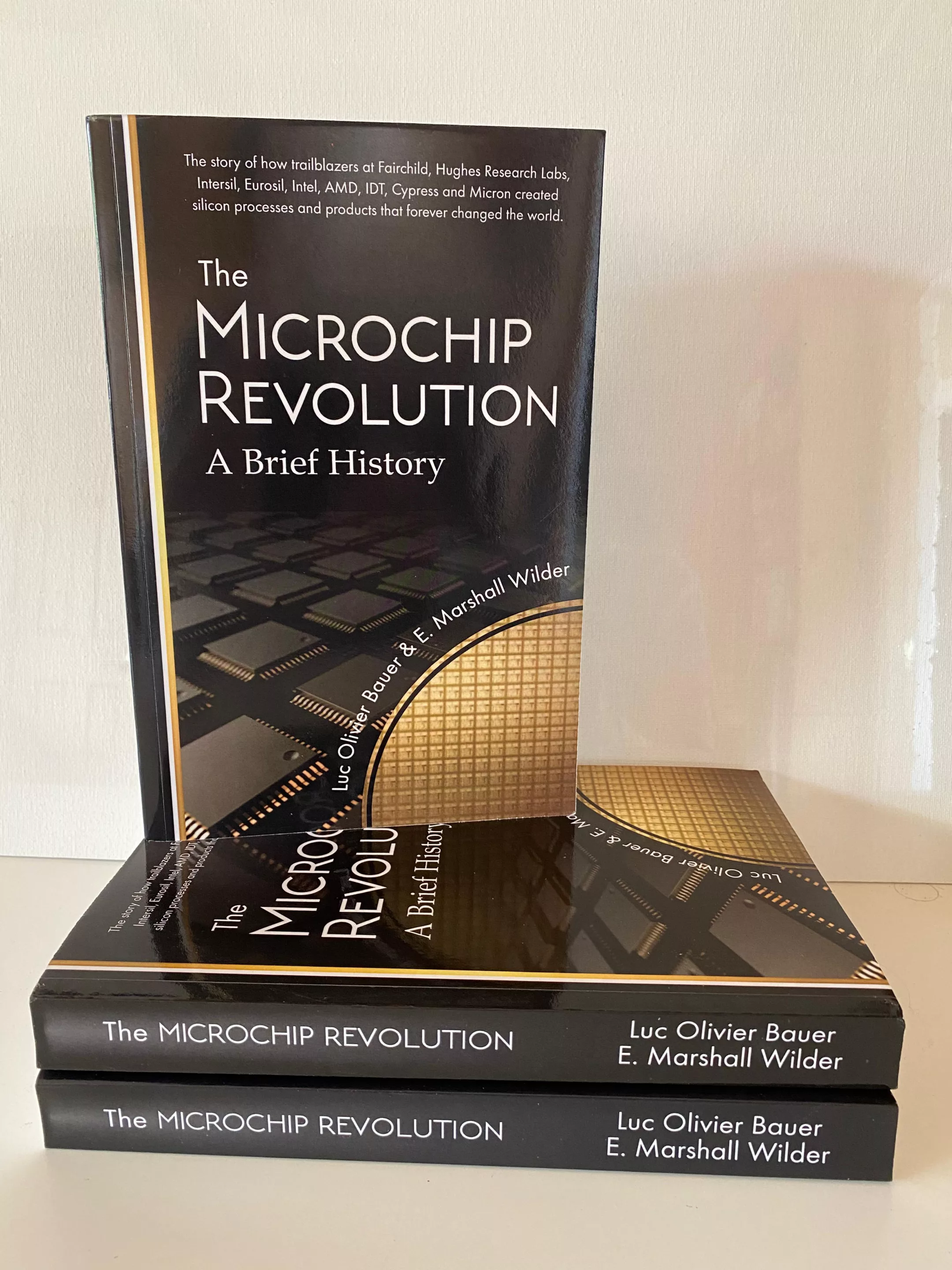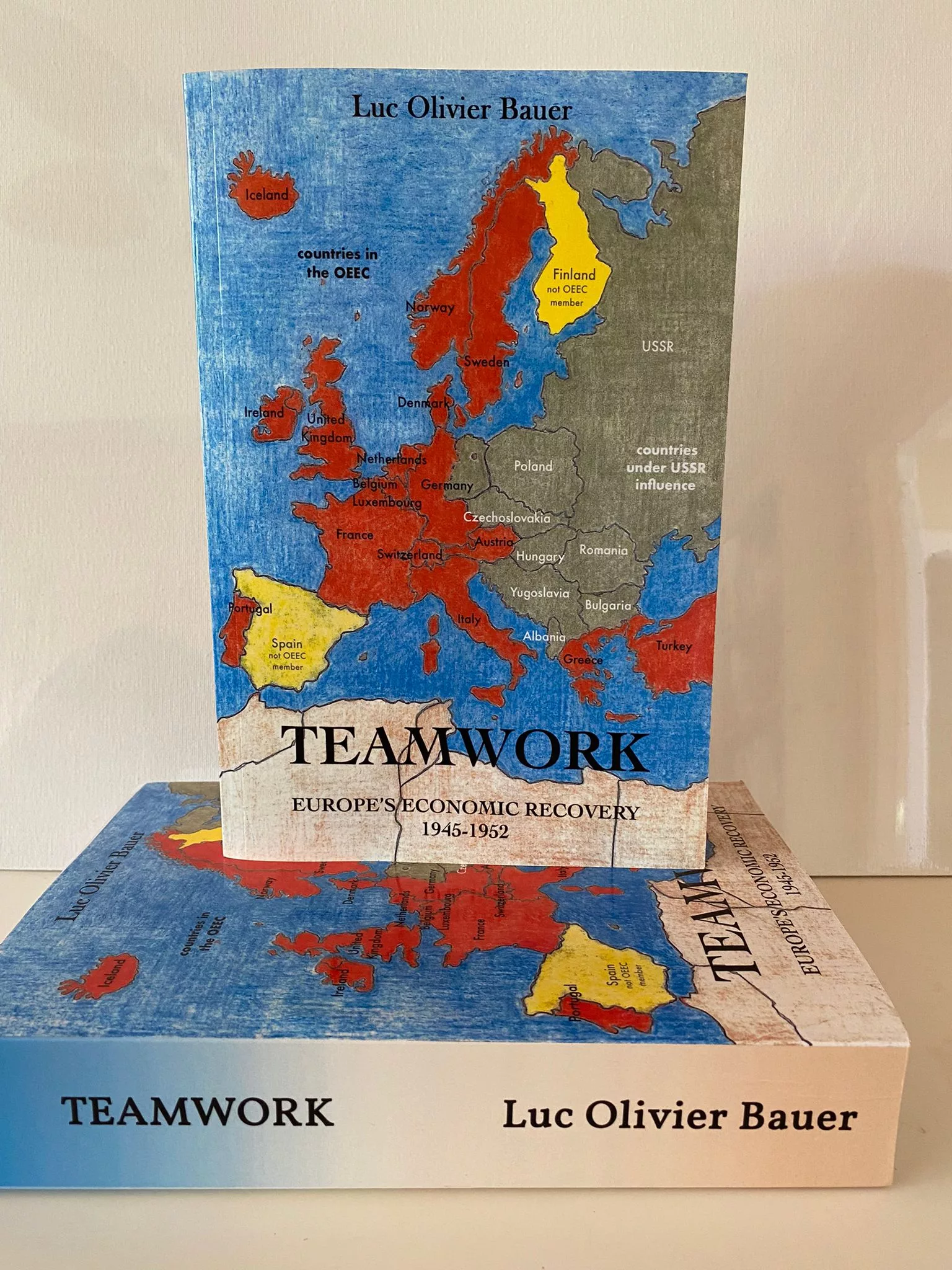ENSEMBLE POUR RELANCER L’ÉCONOMIE EUROPÉENNE 1945-1952
Le général George C. Marshall annonça son plan de reconstruction de l’Europe le 5 juin 1947, et ses travaux à travers l'Organisation européenne de coopération économique (OECE) et l'Administration américaine de coopération économique (ECA) ne commencèrent que le 16 avril 1948, soit près de trois ans après la fin de la guerre. Le livre décrit l’écroulement politique et économique de l’Europe pendant cette période qui fut suivi d’un redressement quasi miraculeux entre 1948 et 1952. Il s'agit du sauvetage rapide et efficace de tout un continent. Les deux équipes très différentes de l’OECE et de l’ECA ont coopéré de manière de plus en plus fructueuse vers un objectif commun. Les dix-huit pays de l'OECE se sont progressivement distancés de leurs centres d'intérêt nationaux individuels pour embrasser l'intérêt à long terme de l'Europe.
Aussi divisée qu’était l'Europe en 1945, il avait été possible, avec les bons objectifs, les bonnes organisations et des hommes soigneusement choisis, d’obtenir que les vainqueurs et les vaincus reconstruisent ensemble leurs économies dévastées. Il n'y a aucune raison pour que cet exploit ne puisse pas être réalisé à nouveau, même dans le monde polarisé d'aujourd'hui.
L.O. Bauer a grandi à Paris et a vécu les difficultés et l'exaltation de cette période unique de l'histoire de l'Europe. Son père, Gérard F. Bauer, fut le premier représentant de la Suisse à l'OECE.
Outre l'accès aux archives de l'OECE, qui font désormais partie de la Bibliothèque et des Archives de l'OCDE, L.O. Bauer a fait large usage de câbles diplomatiques inédits entre la délégation suisse de l'OECE, son ambassade à Paris et son Département des affaires étrangères à Berne, ainsi que de biographies de personnalités de premier plan. Pour capter l'humeur de la population, il a utilisé des articles numérisés du Figaro et du Glasgow Herald de l’époque.
Co-writing with E. Marshall Wilder
The Microchip Revolution: A brief history
In conversations with the Computer History Museum (CHM) of Mountain View, California, the two authors, veterans of semiconductor manufacturing organizations, found that the history of semiconductor process development has been treated as an ancillary issue in top down discussions of what drove the extraordinary growth of this industry. We tell the story from a bottom-up point of view of wafer fab operation managers, which we were for many years. We narrate the extraordinary contributions from all team members of these wafer fab organizations: hourly operators, supervisors, maintenance technicians, as well as the creative scientists and engineers that created and managed the companies we profile.
We concentrate on the dramatic improvements in manufacturing productivity in the main MOS technologies, which eventually all merged into very similar CMOS processes. We concentrate on the time period from 1957 (Fairchild founding) to the end of the last century, when much of the technology development migrated to foundry operations overseas. We tried to exercise great care to be fair in assessing the contributions of the various companies to the overall progress of the industry.
In this spirit, we also recognize the huge contributions made by the semiconductor equipment companies, and their key engineers to the success of process development and production organizations.
While basing the story of process developments on historical facts, with the help of the large document and library resources available, including those of the CHM, we also tell the extraordinary human experience of working with the early wafer fab teams, with the process architecture breakthroughs pioneers, and all other wafer fab workers. To this end we also interviewed many key contributors to these process and equipment breakthroughs that made the rapid advancements in the semiconductor technologies possible.
teamwork Europe's economic recovery 1945-1952
The Marshall Plan and its associated organizations - the Organization for European Cooperation (OEEC) and the US Economic Cooperation Administration (ECA) - saved Europe from economic and political collapse between 1948 and 1952. This was one of the quickest, most efficient rescue of an entire continent, orchestrated by an international organization and a US agency.
Two very different teams cooperated in an increasingly successful fashion toward a common goal. Eighteen-nation OEEC delegates progressively moved away from their individual national foci to embrace the long-term interest of Europe.
The ECA members, whose role was to ensure proper use of the Marshall funds, ended up being also skillful coaches for their less experienced OEEC colleagues.
As divided as Europe was in 1945, it had been possible, with the right objectives, the right organizations and carefully chosen men, to get the victors and vanquished to rebuild together their devastated economies quickly and efficiently. No reason this exploit could not be achieved again, even in today's polarized world.
Luc O. Bauer grew up in Paris and lived through the hardship and excitement of this unique period of Europe's history.
His father, Gérard F. Bauer was the first representative of Switzerland at the OEEC.
Besides accessing the OEEC Archives now part of the OECD Library and Archives, L.O. Bauer made extensive use of unpublished diplomatic cables between the Switzerland's OEEC delegation, its Embassy in Paris and its Foreign Affairs Department in Bern and of leading personalities' biographies. To capture the mood of the population, he used digitized issues from Le Figaro and the Glasgow Herald.



